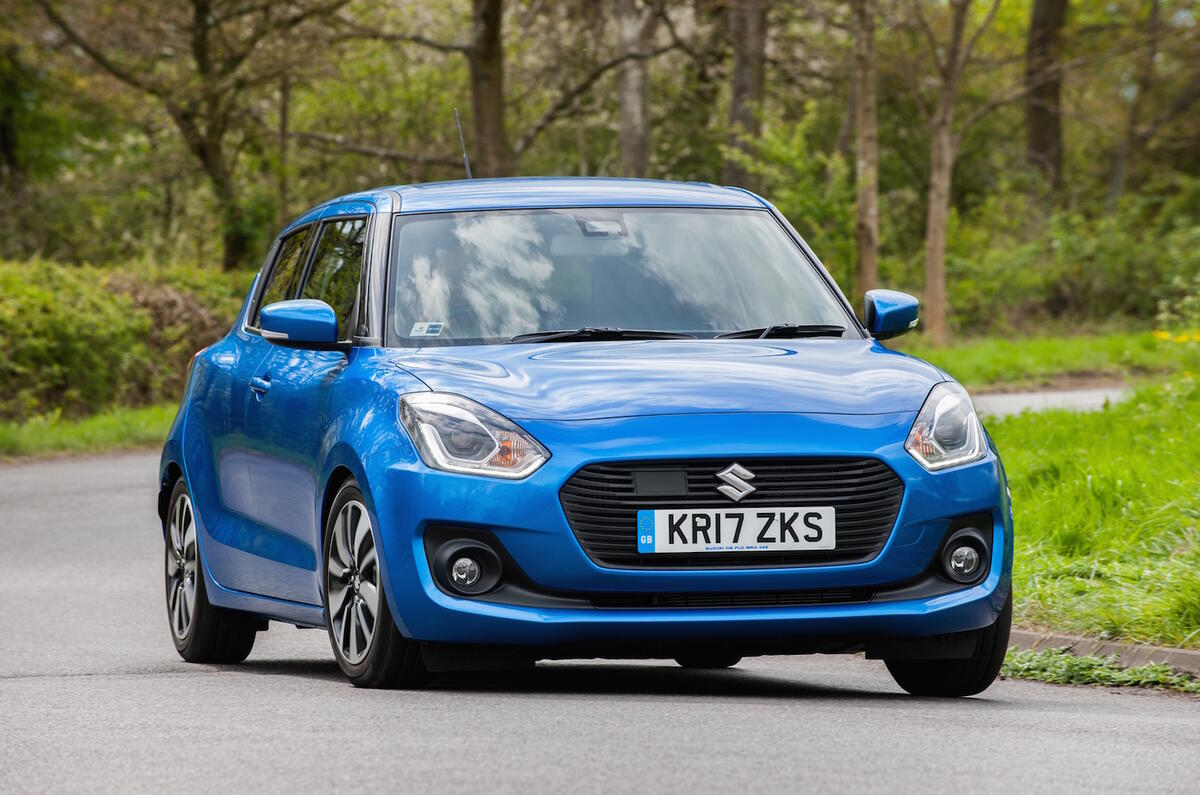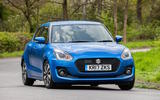What is it?
Believe it or not, the Suzuki Swift has been around in one form or another since 1985 and in that time it has worked its way into the hearts and minds of everyone, from typical hatchback buyers to track day enthusiasts.
How, you might ask? Well, the second-generation Swift (released in 2005) and its mildly tweaked follow up managed to hit the ideal supermini superfecta: it was affordable, pretty enough to stand out from the crowd, came with a choice of three- and five-door variants and was, most importantly, utterly beguiling to drive.
However, times change and the secret to supermini success no longer looks quite so straightforward, with diversity now the aim of the game. Suzuki currently offers three small hatchbacks, in the form of the Baleno, Suzuki Ignis and aforementioned Suzuki Swift, with other marques such as Vauxhall and Ford offering similar head-scratching levels of variety.
Clearly, if manufacturers are to be believed, giving buyers maximum choice is the key to sales success - which goes some way to explaining this four-wheel drive Swift. According to Suzuki, its Allgrip technology gives the hatchback a unique selling point in the supermini market. A claim, which on paper, certainly looks believable.
Previously, if you wanted all-wheel drive in a compact package, you’d have to opt for a Fiat Panda 4x4 or a more expensive crossover. Instead, the Swift is available with Allgrip for a not unreasonable £1000 premium over a similarly equipped 1.0-litre. There are some compromises, however, if you want that go anywhere ability.
Unsurprisingly, all-wheel drive is only available in top-spec trim, and you can’t have it mated to our favourite 1.0-litre Boosterjet engine. Therefore you have to settle for the 89bhp, naturally aspirated 1.2-litre four-cylinder Dualjet motor; an engine which already felt underpowered in the lighter front-wheel drive variant we tested earlier this year.
That said, even with a hybrid system and four-wheel drive, the Suzuki Swift still comes in at under 1000kg. So perhaps it will still have that stellar handling that we’ve come to know and love. We take to the Peak District to find out.
































Join the debate
Add your comment
AWD Suzuki Swift SZ5
Stars
EU economy figures
Stop giving us these EU fuel economy test figures. They are not realistic results for driving in the UK.
How are 4WD cars actually tested?